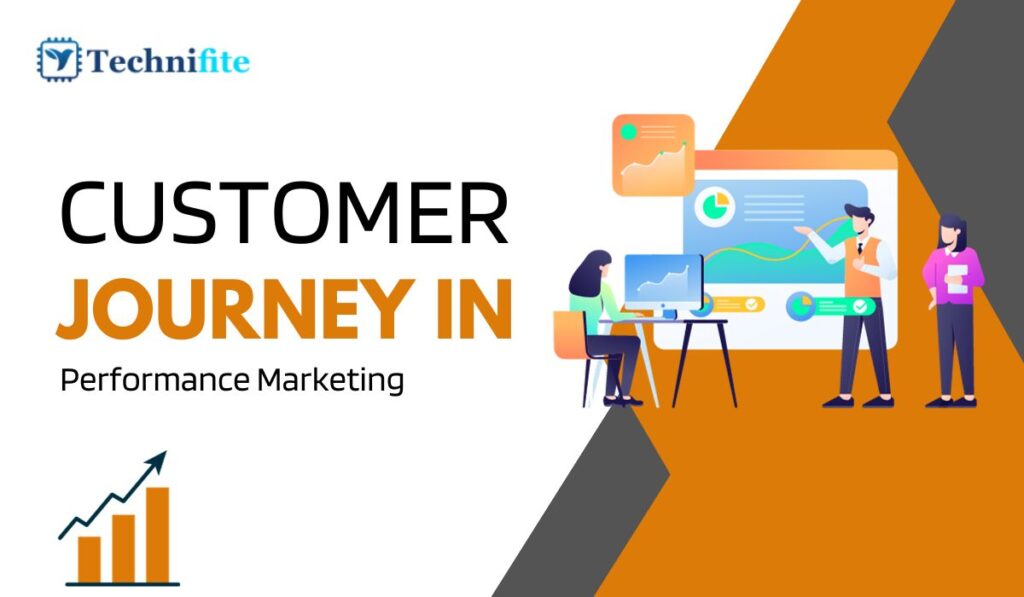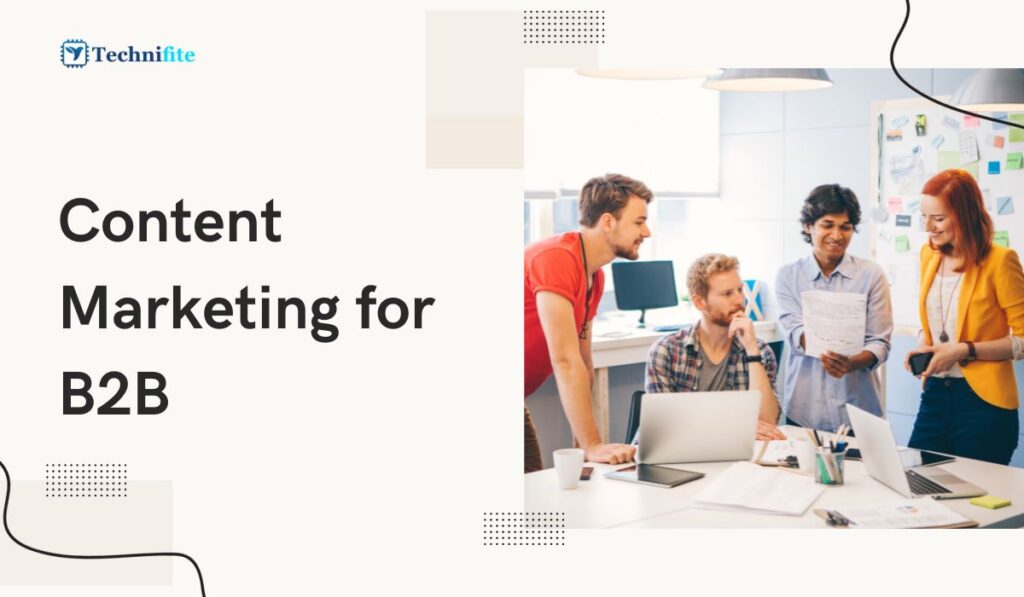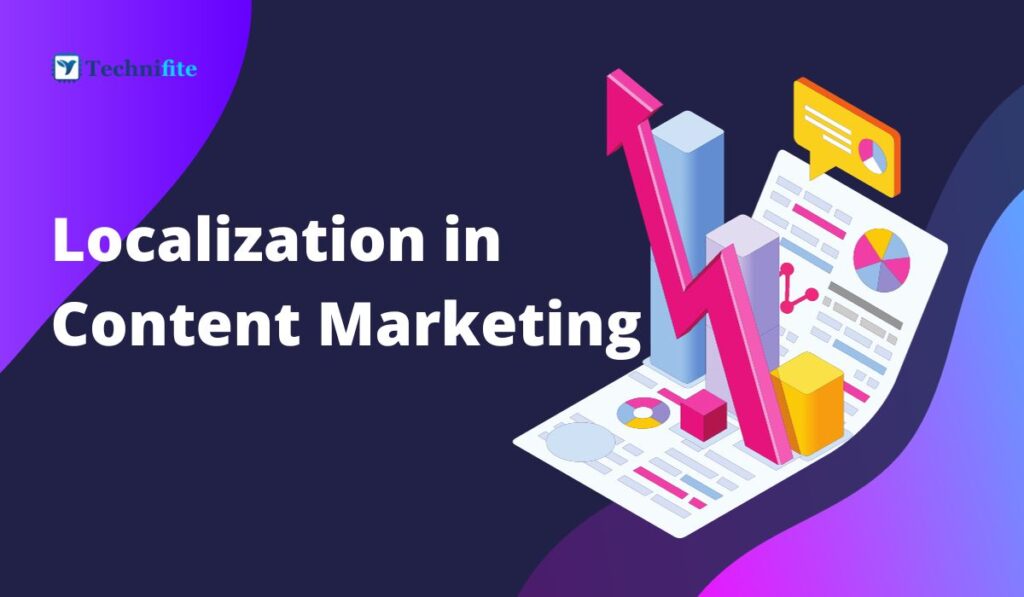Customer Journey in Performance Marketing: In the fast-paced world of digital marketing, where attention spans are short and choices are vast, mastering the customer journey is the key to turning clicks into conversions. The intricate process involves several stages that demand creativity, strategy, and data-driven decision-making. From creating awareness to fostering loyalty, performance marketing offers a holistic approach to engaging potential customers and guiding them through the sales funnel. In this comprehensive guide, we will explore the nuances of the customer journey in performance marketing, offering quick insights through bullet points and in-depth analysis to help you understand and apply these strategies effectively.
Bullet Points: Quick Insights
Awareness Stage:
- Engage users with compelling visuals and targeted messaging.
- Utilize social media, search ads, and influencers to expand reach.
- Focus on creating a memorable first impression to encourage clicks.
Interest Stage:
- Implement retargeting ads to keep your brand in users’ minds.
- Utilize email marketing for personalized communication.
- Provide valuable content that addresses users’ pain points and interests.
Consideration Stage:
- Showcase customer testimonials and case studies to build trust.
- Use interactive content like quizzes and webinars for deeper engagement.
- Implement marketing automation to deliver timely and relevant information.
Intent Stage:
- Optimize website navigation and checkout process for a seamless experience.
- Employ persuasive copywriting techniques to highlight benefits.
- Implement A/B testing to refine landing pages and calls to action.
Retention Stage:
- Develop loyalty programs and personalized promotions for repeat customers.
- Gather feedback and continuously improve your products or services.
- Utilize social media and email newsletters to stay connected with existing customers.
Advocacy Stage:
- Encourage satisfied customers to leave reviews and share experiences.
- Offer incentives for referrals to expand your customer base.
- Showcase user-generated content to build credibility and trust.
Understanding the Customer Journey in Performance Marketing
1. Awareness Stage: Making the First Impression Count
Engaging Visuals and Targeted Messaging:
The awareness stage is all about capturing attention. Visual content, such as eye-catching images and videos, and compelling messaging tailored to your target audience, can significantly impact users’ initial perception of your brand. A well-designed social media campaign or a creatively crafted search ad can make users stop scrolling and click to learn more.
Multi-Channel Approach:
Diversify your approach across various platforms. With their extensive user base, social media platforms like Instagram and Facebook provide an excellent opportunity to create brand awareness. Collaborating with influencers or thought leaders in your industry can further amplify your reach. Investing in search engine marketing (SEM) ensures that your brand appears prominently when users search for related products or services.
Creating a Memorable First Impression
In a crowded digital landscape, making a memorable first impression is vital. Your website’s landing page should convey your brand’s unique selling proposition clearly and concisely. It should communicate what sets your products or services apart and why users should explore further. A clean, intuitive design and persuasive copy can encourage users to take the first step and click through to learn more.
2. Interest Stage: Nurturing Curiosity and Building Relationships
Retargeting Ads:
Once a user has interacted with your brand, retargeting ads are crucial in keeping your products or services in mind. These ads, displayed to users who have visited or engaged with your content, serve as gentle reminders, encouraging users to revisit your site and explore further. They are particularly effective in nurturing leads who might not have converted during their first visit.
Email Marketing
Email marketing remains a powerful tool for nurturing leads and building relationships. You can send targeted and personalised content by capturing users’ email addresses during their initial interactions. Whether it’s informative blog posts, special promotions, or exclusive offers, email campaigns allow you to stay connected with your audience, providing valuable information and subtly guiding them towards purchasing.
Valuable Content
Providing valuable content is essential for maintaining users’ interest at this stage. This content can take various forms, including blog posts, how-to guides, or informative videos. By addressing common pain points and providing solutions, you position your brand as an authority in your industry. Interactive content, such as quizzes and polls, engages users and provides valuable insights into their preferences, allowing you to tailor your offerings accordingly.
3. Consideration Stage: Building Trust and Credibility
Customer Testimonials and Case Studies:
As users move into the consideration stage, they seek assurance and proof of your products or services’ value. Customer testimonials and case studies are powerful tools for building trust. Displaying real-life experiences and success stories from satisfied customers creates a sense of reliability and authenticity. Video testimonials, in particular, can evoke strong emotions and establish a genuine connection with potential buyers.
Interactive Content for Deeper Engagement:
Interactive content continues to play a significant role in the consideration stage. Webinars, live Q&A sessions, and interactive product demonstrations allow users to engage directly with your brand. These interactions create a sense of community and foster trust. Moreover, interactive content allows users to ask questions and receive immediate responses, addressing concerns and increasing their confidence in your offerings.
Marketing Automation for Timely and Relevant Communication:
Marketing automation platforms enable you to deliver timely and relevant content based on user interactions and behaviours. By analyzing user data, you can automate email sequences, ensuring that users receive information that aligns with their interests and preferences. Tailored communication keeps users engaged and guides them through the consideration stage by providing the information they need to make informed decisions.
4. Intent Stage: Sealing the Deal with Seamless User Experience
Optimizing Website Navigation and Checkout Process:
In the intent stage, users are ready to make a purchase. A seamless user experience is paramount to ensuring that users do not encounter any obstacles that might deter them from completing the transaction. Optimize your website’s navigation, ensuring that users can easily find the products or services they are interested in. The checkout process should be intuitive, with clear calls to action guiding users through each step. Additionally, offering multiple payment options caters to diverse customer preferences, enhancing the overall user experience.
Persuasive Copywriting Techniques:
Effective copywriting is essential for persuading users to take action. Focus on highlighting the benefits of your products or services rather than just listing features. Address users’ pain points and demonstrate how your offerings provide solutions. Creating a sense of urgency, such as limited-time offers or exclusive discounts for first-time buyers, can further encourage users to purchase. A/B testing different copies and analyzing their performance can help identify the most persuasive messages for your target audience.
Implementing A/B Testing for Continuous Improvement:
A/B testing involves creating two or more versions of a web page or advertisement with slight differences and measuring their performance to determine which version performs better. By implementing A/B testing, you can refine your landing pages, calls-to-action, and ad copies based on real user data. Testing different headlines, colours, button placements, and even images allows you to identify elements that resonate best with your audience, optimizing your conversion rates.
5. Post-Conversion Engagement: Fostering Loyalty and Encouraging Advocacy
Developing Loyalty Programs and Personalized Promotions:
Post-conversion engagement is as crucial as the pre-conversion stages. Loyal customers are likelier to repeat purchases and recommend your brand to others. Develop loyalty programs that reward customers for their continued support. Personalized promotions, tailored to individual preferences and purchase history, make customers feel valued and appreciated. You incentivise repeat purchases and foster long-term relationships by offering exclusive discounts, early access to new products, or members-only perks.
Continuous Improvement through Feedback
Gather customer feedback to gain insights into their experiences with your products or services. Customer surveys, reviews, and social media comments provide valuable information that can help you identify areas for improvement. Act on constructive feedback, addressing any issues raised by customers promptly. By demonstrating your commitment to customer satisfaction, you retain existing customers and enhance your brand’s reputation.
Utilizing Social Media and Email Newsletters for Ongoing Communication:
Stay connected with your customers through social media and email newsletters. Social media platforms offer an excellent opportunity to showcase new products, share relevant content, and engage with your audience. Regular email newsletters can update customers on upcoming promotions, industry news, or informative articles about your products or services. Maintaining consistent communication keeps your brand on top of customers’ minds, encouraging them to return for future purchases.
6. Advocacy Stage: Turning Customers into Brand Ambassadors
Encouraging Reviews and User-Generated Content:
Satisfied customers can become your most valuable marketing assets. Encourage them to leave positive reviews on platforms like Google, Yelp, or Trustpilot. Positive reviews build credibility and trust, influencing potential buyers. Encourage users to create and share user-generated content, such as photos or videos featuring your products. User-generated content provides social proof and showcases real-life applications of your offerings, making them more relatable and appealing to other customers.
Incentives for Referrals:
Word-of-mouth referrals have always been a powerful form of marketing. Encourage satisfied customers to refer their friends, family, or colleagues by offering incentives such as discounts or exclusive deals. Referral programs attract new customers and reward existing ones for their loyalty. By turning your customers into brand advocates, you tap into their networks, expanding your customer base organically.
Showcasing Customer Testimonials and Success Stories:
Feature customer testimonials and success stories prominently on your website and marketing materials. Real-life examples of how your products or services have positively impacted customers can be incredibly persuasive. Video testimonials, in particular, allow potential buyers to see and hear genuine experiences, creating a strong emotional connection. By showcasing these stories, you build trust and credibility, making it easier for potential customers to make purchasing decisions.
In conclusion, mastering the customer journey in performance marketing involves a strategic blend of creativity, technology, and customer-centricity. By understanding the intricacies of each stage and implementing targeted strategies, businesses can guide users from the first click to conversion and beyond. Continuous analysis, A/B testing, and a commitment to customer satisfaction are key to optimizing the process further. Remember, the customer journey doesn’t end with a single purchase; it continues through retention and advocacy, creating a cycle of engagement that sustains your business in the long run. By harnessing the power of performance marketing, you can increase your conversion rates, build a loyal customer base, and establish a strong brand presence in the competitive digital landscape.
Frequently Asked Questions (FAQs)
What is Performance Marketing, and How Does it Differ from Traditional Marketing?
Performance marketing is a comprehensive term that refers to online marketing and advertising programs in which advertisers (brands or businesses) pay marketing companies (advertising platforms, publishers, or agencies) when a specific action is completed, such as a sale, lead, or click. Unlike traditional marketing, where businesses pay for ad space without a guaranteed return on investment, performance marketing focuses on measurable results. Advertisers only pay when a desired action is achieved, making it a highly cost-effective and results-oriented approach to marketing.
How Can Performance Marketing Benefit My Business?
Performance marketing offers several benefits for businesses, including precise targeting, measurable results, and a high return on investment (ROI). With performance marketing, you can target specific demographics, interests, and behaviours, ensuring your ads reach the right audience. The performance-based payment model also means you only pay for actual results, such as clicks or conversions, maximizing your marketing budget. The ability to track and measure campaign performance in real time allows you to optimize your strategies for better results, making it a powerful tool for businesses of all sizes.
What Are Some Key Strategies in Performance Marketing?
Performance marketing encompasses a variety of strategies tailored to different stages of the customer journey. Some key strategies include search engine marketing (SEM), social media advertising, affiliate marketing, email marketing, and content marketing. SEM involves placing ads on search engines like Google to reach users searching for specific products or services. Social media advertising targets users on platforms like Facebook and Instagram, utilizing demographic and behavioural data for precise targeting. Affiliate marketing involves partnering with influencers or other businesses to promote your products or services. Email marketing focuses on personalized communication with potential and existing customers, while content marketing utilizes valuable content to engage and convert prospects.
How Can I Measure the Success of My Performance Marketing Campaigns?
Measuring the success of your performance marketing campaigns is essential to understanding their effectiveness and optimizing your strategies. Key performance indicators (KPIs) such as click-through rates (CTR), conversion rates, cost per acquisition (CPA), and return on ad spend (ROAS) are crucial metrics to track. Analytics tools provided by advertising platforms and third-party software can help you monitor these metrics in real-time. Additionally, conducting A/B testing, where you compare different ad variations to see which performs better, provides valuable insights for refining your campaigns and improving your ROI.
Is Performance Marketing Suitable for Small Businesses with Limited Budgets?
Yes, performance marketing is highly suitable for small businesses with limited budgets. One of the significant advantages of performance marketing is its flexibility. You can start with a small budget and scale your campaigns as you see positive results. Moreover, the pay-per-action model ensures that you only pay when users engage with your ads or make a purchase, making it a cost-effective option for businesses of all sizes. With precise targeting and measurable results, small businesses can optimize their marketing budget effectively, reaching the right audience without overspending.


